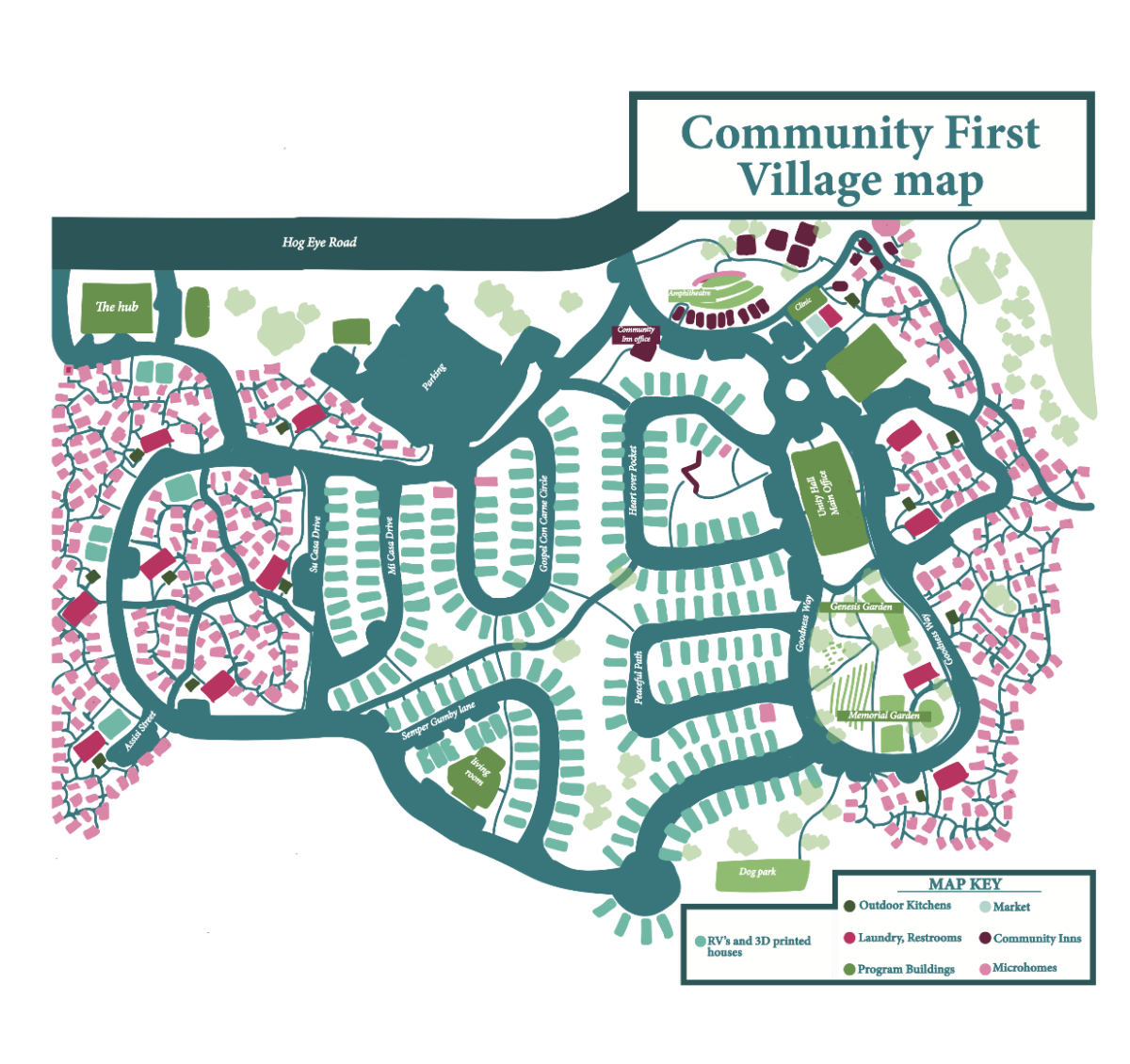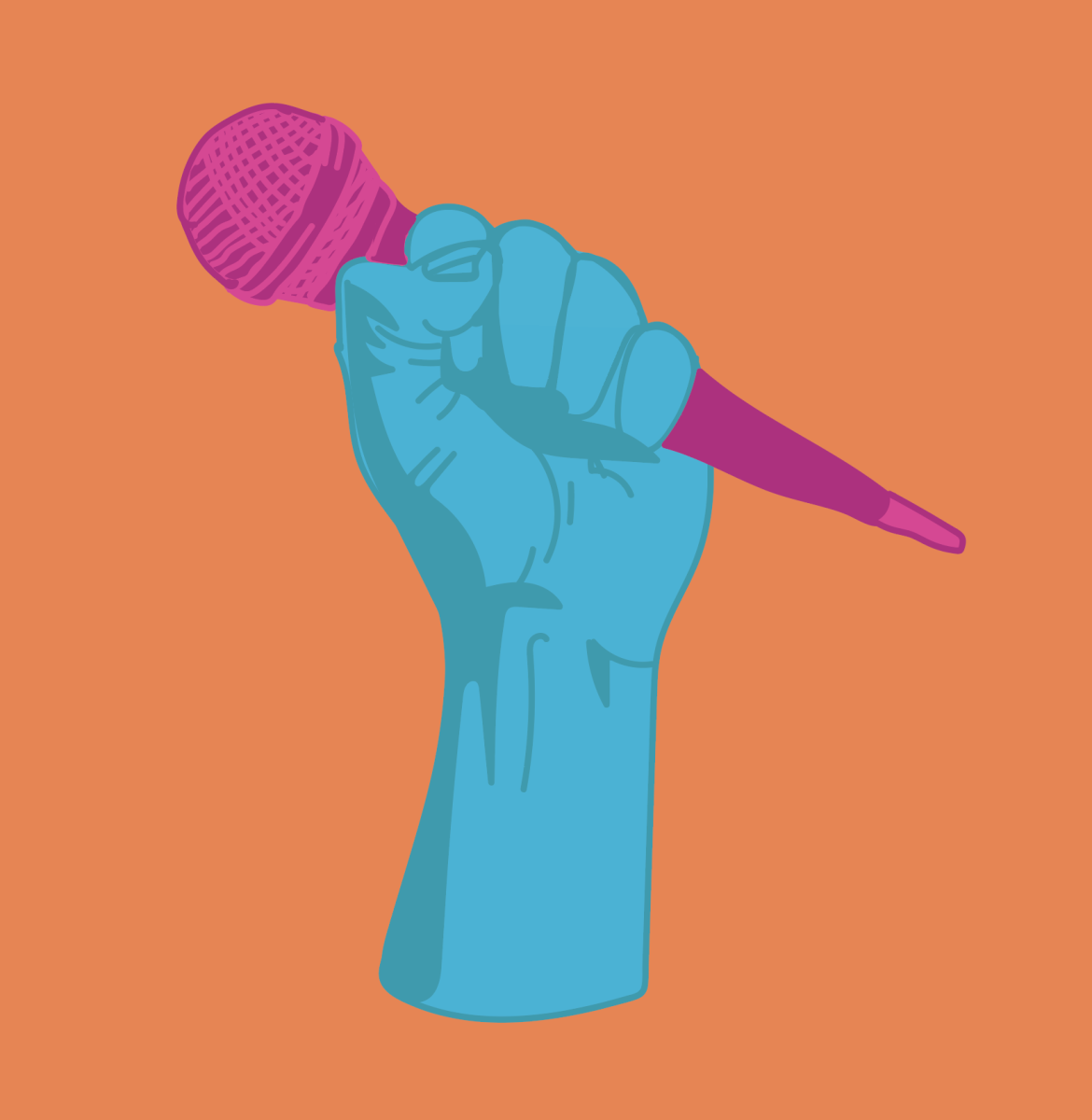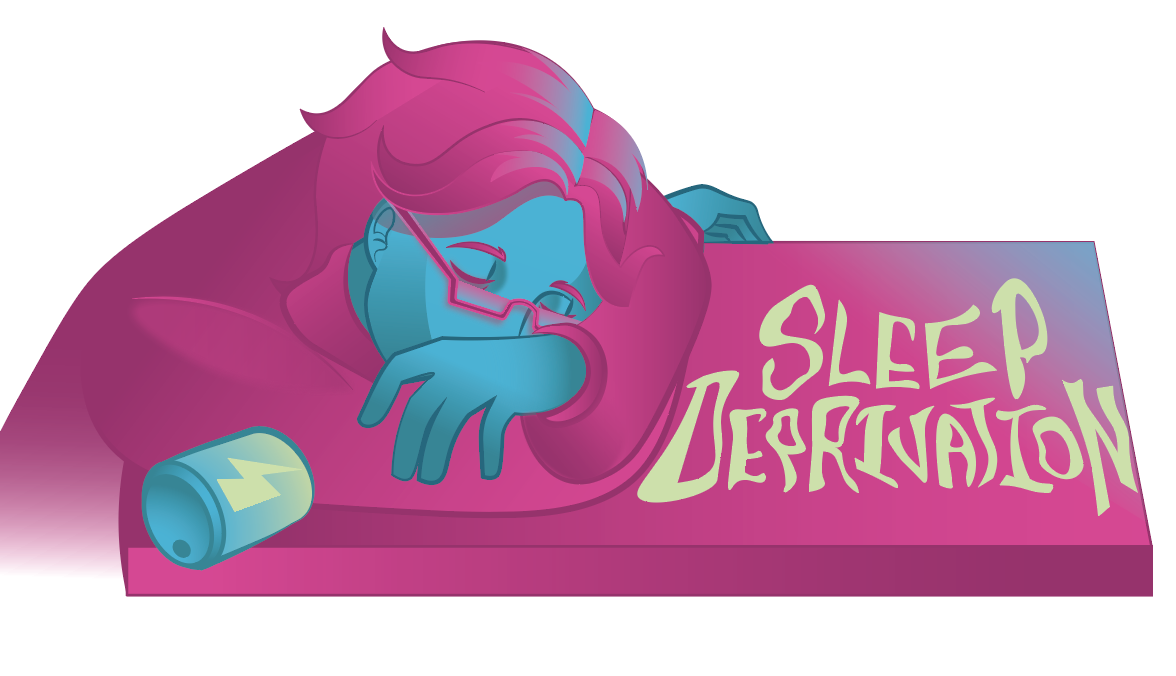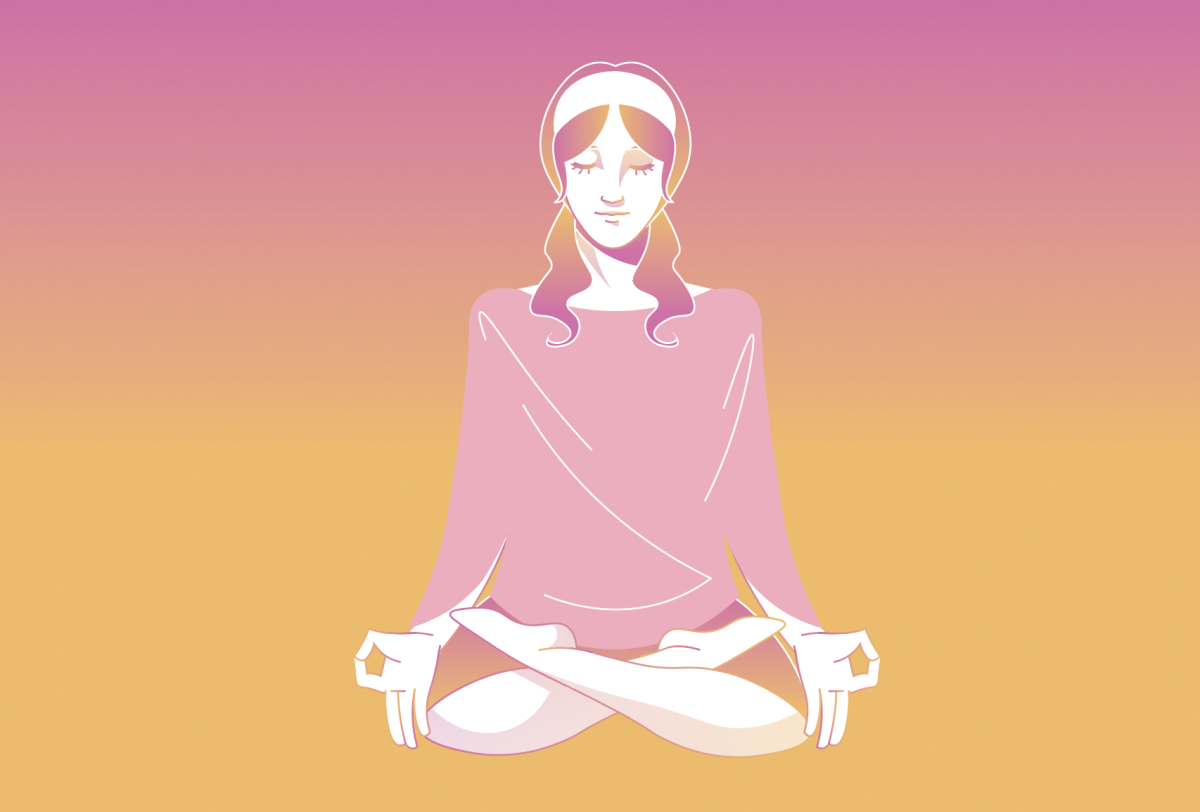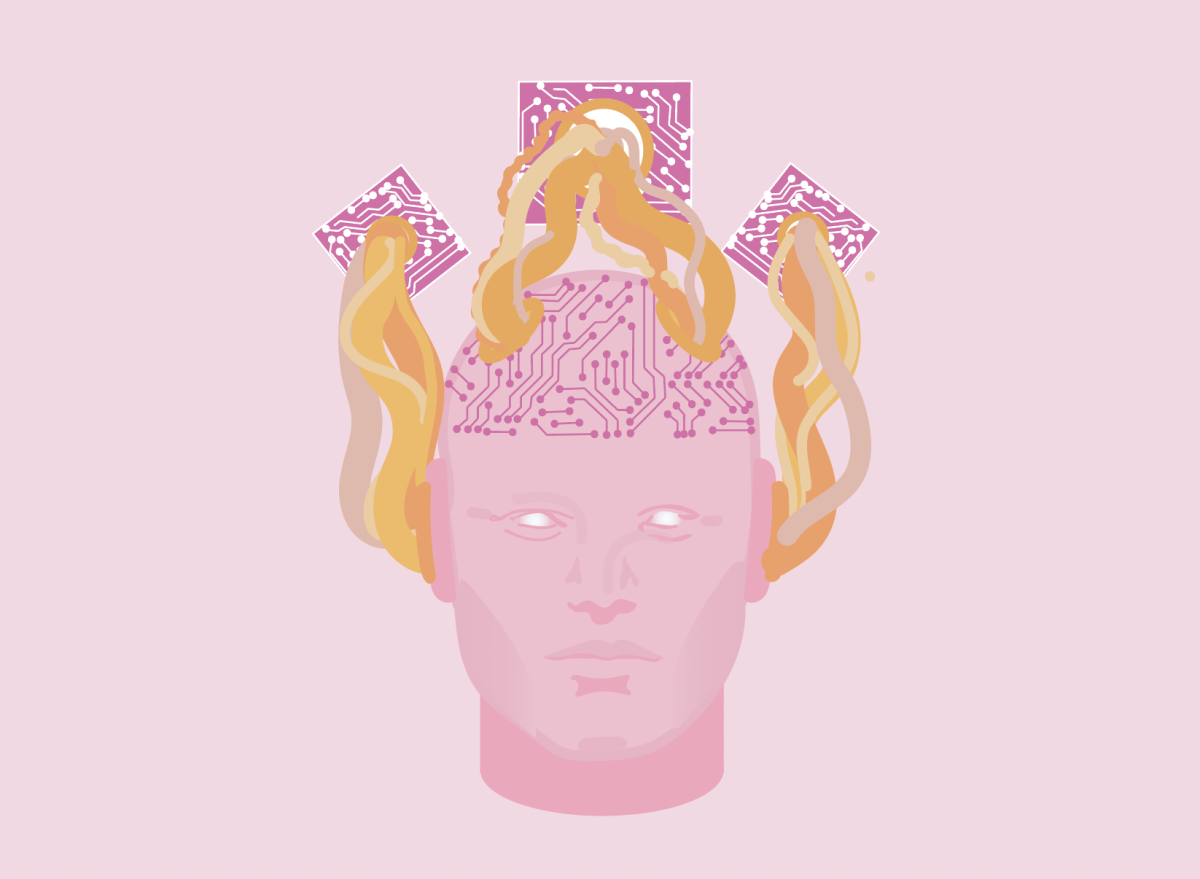Hip Hop: Raps and Rhymes Changing Times

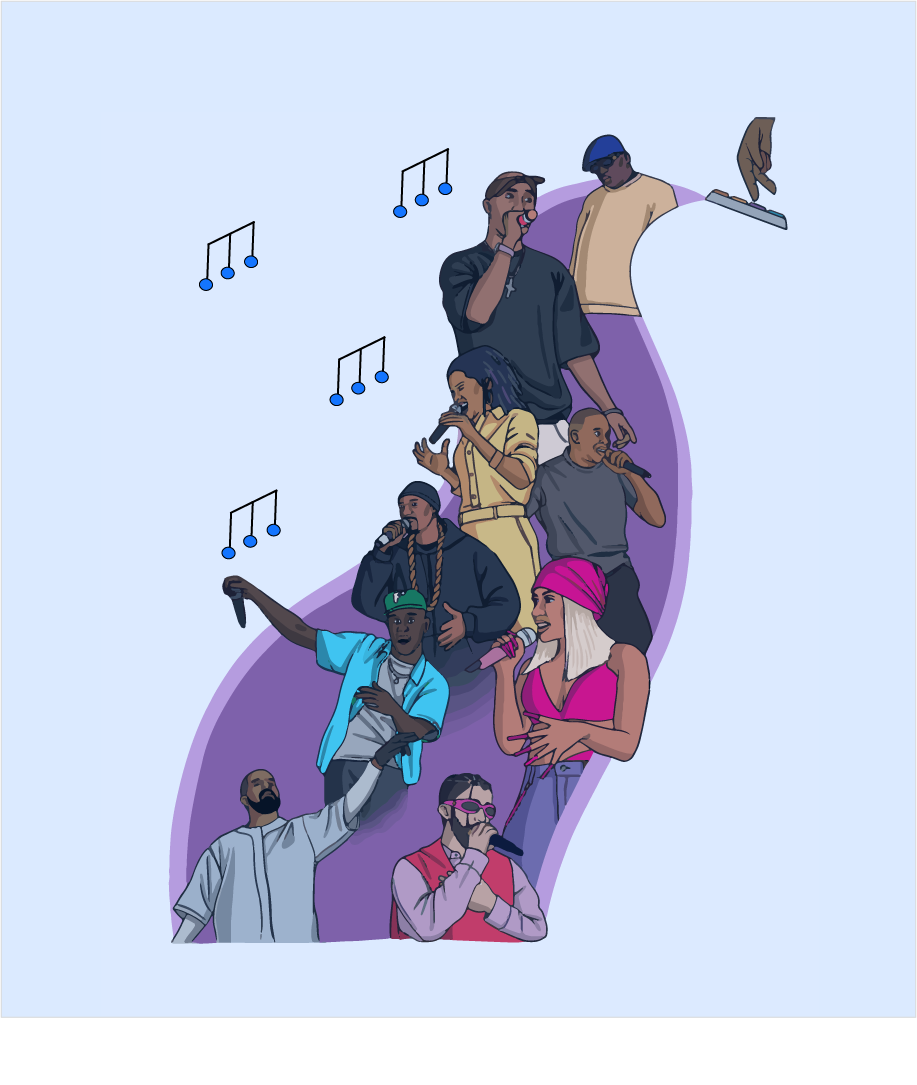
It starts with a simple beat. A rhythmic tap-tap-tap, coupled with an audio clip of a man delivering a powerful speech. Soon more instruments flood in, and senior Abigail Paz can’t help but tap her foot to the music pouring from her headphones.
She sees a body moving in her mind’s eye, a dancer creating combinations to match the powerful song playing around her. As a dancer and musician, Paz loves to listen to music, scout out its beats and rhythms, and create a visual representation of the music and its message. That’s what she loves most about dance: using her mind and body to express, uplift, and explore the music around her.
“Music has impacted and affected me, a lot,” Paz said. “One of my favorite styles is hip-hop; that genre really got me into the dance world, and I love the way I can dance with it. Listening to it, dancing to it, and following the hip-hop style, has definitely shaped me into the person and dancer I am today.”
Alongside its impact on individuals, hip-hop culture has influenced music, fashion, entertainment, language, politics, media, and more. Audio engineer Will Grantham feels that hip-hop is one of the most important art forms in modern music. Grantham works for the Electric Deluxe recording studio in Austin, where he produces music for Adrian Quesada, producer and guitar player for the Austin-based band, the Black Pumas. With his involvement in the Austin music scene, he has fostered a deep understanding and passion for creating and listening to music.
“Hip-hop is fascinating to me because, at its core, it is created from sampling, from pulling elements of other songs and reworking it to make it your own,” Grantham said. “What I love about it, and what I find important, is the accessibility to creativity. To make a great hip-hop song, all you really need is a laptop and a bit of software; that ease of use and accessibility has led to rapid growth and change; people will say that old school hip-hop is dead, but that’s just because the younger generations have moved on to other cool things that they can make with the genre. There’s always a way to push a boundary, and hip-hop is all about pushing boundaries.”

According to Brittanica, hip-hop is a cultural movement that provides the background for the rap music genre. The art originated in the late 1970s, in the economically depressed Bronx section of New York City, predominantly inhabited by African-American families affected by poverty, drug abuse, and gang violence; hip-hop is recognized as a product of these struggles.
“Hip-hop started as an outlet for expression, created by the people in urban areas,” Grantham said. “When you start writing, you’re going to start writing about what’s important to you, and if all you really know is struggling, fighting, and poverty, that’s what you’re going to express. This really sets the genre apart from others, because it’s allowed to focus on the negative aspects of society. Other genres don’t always get quite as real as hip-hop, because the art is based on the authentic experiences of the people making it.”
This marginalization formed the platform on which black youths created the foundations of hip hop, to express their struggles against institutional disadvantages. According to Icon Collective, hip-hop culture consists of four elements: DJ’ing/turntablism; MC’ing/rapping; graffiti; and break-dancing/B-boying, which encompasses hip-hop dance, style, and attitude. Occasionally, a fifth element is added to this list. “Knowledge of self” or “consciousness,” refers to the knowledge someone needs to truly understand their community, a mix of spiritual and political consciousness designed to acknowledge members of oppressed groups.
“There’s never one origin point for a genre,” Grantham said. “Instead, it’s like a tree with roots that span a wide area; and a lot of those roots touch on the community aspect of bringing people together with music. But there’s also a degree of introspection that’s allowed, when you really sit down with something and make it your own, and it took a little while for hip-hop to develop the social consciousness it’s known for. When people started taking the art form seriously, it forced us to listen to it in a different way and appreciate both what it took to make it, and what they’re making it for.”
Senior Adrian Ferretiz feels that these elements have historically encouraged hip-hop artists to put on a “mask” that denies expressions of weakness or emotion. He believes this has changed over time, and modern hip-hop is now more accessible for people from all different areas of life, experiencing and expressing their own personal struggles. He feels that this gives every era its own unique set of strengths and weaknesses, which express the changes among the genre and the society it reflects.
“In the 90s, you had Tupac, Snoop Dogg, Biggie and Ice Cube, people who often put on an inflated persona, which expressed that the world hates them,” Ferretiz said. “But they put on this gangster mask, and try to show what and who they are through their music. Now we have a lot of artists that don’t have to put on as much of an image, people like Kenny Mason, J. Cole or Kendrick Lamar, and people that are able to express themselves differently.”
According to the African American Intellectual History Society (AAIHS), the “golden era” of hip-hop was a crucial moment in African American history; Paz believes this era of the genre facilitated societal change, especially as it relates to civil rights, racism, and inequality.
“Rappers usually talk a lot about cultural issues and societal problems,” Paz said. “They use their art and skills to speak out against the problems affecting their communities; it’s a great method for getting a message out into the world.”

In this golden era, many rappers used their platforms to bring attention to the problems that impact poor and working-class black communities, issues like police brutality, drug addiction, state-sanctioned violence, and misogyny. According to AAIHS, rappers were seen as organic black intellectuals, speaking out against the government, educational, and media systems that failed them. Senior Josh Harwood believes this commentary continues to flourish in modern hip-hop.
“One of my favorite songs is called Love Yourz by J. Cole,” Harwood said. “In it, he sings about how you won’t have the best things in the world, but that’s okay, because if you can appreciate what you have, then you have everything you really need. It’s a strong message, and I really love that song because of it.”
According to the Columbia School of Social Work (MSW), hip-hop has made a profound impact on society by empowering underrepresented communities, advocating for social justice, and providing opportunities for self expression and connection. Songs like “Fight the Power” by Public Enemy and “Changes” by Tupac Shakur directly address racism, police brutality, and inequality, and thereby imbue their music with purpose: to educate and to encourage action.
“Hip-hop’s a great factor of social change, because the lyrics often put an explicit message in the song,” Ferretiz said. “The people that are seen as the kings or queens of that genre have been pioneers of social justice, and they are always discussing the things that should be talked about. Rapping calls for people’s attention, and it is always gonna get the word out in terms of music.”
Civil movements like the Million Man March, Vote or Die, and Black Lives Matter all encourage support for African-American communities. Alongside hip-hop artists, social workers, political activists, and community leaders embrace these messages, with a common goal to drive social change and push for justice in their communities.
“Music is important because it’s something we’ve been doing for forever. Knowing people around me, and the artists that I aspire to, music has had a huge impact on me and on everyone around me,” Ferretiz said. “Seeing the way people express themselves, and hearing them express their views on certain issues, influences us to look into new events and issues in our world, and I have learned things that were very valuable for me and my identity. We just have a natural affinity to the messages in music, it’s a universal language.”

Harwood has been playing percussion since sixth grade, and he enjoys the expression that music facilitates. According to Medium, the hip-hop genre provides a platform for marginalized youth to express their identities, as it relates to their experiences, challenges, and aspirations. Harwood agrees that this expression is crucial to helping create a sense of belonging and validation among teens.
“Music has been a big part of my life for a long time, and I have always loved playing and listening to it,” Harwood said. “There are so many songs that have such strong meanings, so it’s a good way to express yourself and cope with your problems. It helps you connect with other people, which is super important for our community.”
By placing social commentary in their lyrics, artists have the ability to raise awareness among youth who may be uninterested in other forms of media. Paz believes discussions of inequality and racism encourage youth to become more socially aware, and allows rappers to be engaged as citizens.
“These artists continue to do their profession because they have a passion for it,” Paz said. “They have a passion and a strong opinion on the things they’re writing about, and that is what really inspires them to make these kinds of songs. Their music is a reflection of themselves, but they also observe their community and uplift those perspectives, which gives their community an outlet of expression.”
According to MSW, music fosters a sense of unity within a community, by providing teens with a sense of identity and belonging. Among communities marked by economic hardship, racial discrimination, and limited opportunities, hip-hop has flourished as a means to express and bond over shared experiences. Alongside junior Julian Sullivan, senior Otto Wu, and senior Diego Dominguez, Ferretiz performs in a local alternative rock band called “No Tuition.” Ferretiz feels his band has immersed him in a unique community, and he loves the way music allows him to connect with others.
“It’s really fun working as a group, because it’s easier to get things done when everybody is pushing towards a goal,” Ferretiz said. “With a band, it’s less exhausting and it’s always a lot more fun to work with everybody, than doing it alone. It’s really cool to get to create with them, it’s a community where I can always take my mind off things and just have fun.”
According to Ferretiz, rap music is on a decline; Grantham disagrees, as he feels the genre isn’t weakening, but transforming. Statistics from Billboard do show that the genre’s growth is slowing, with 27.6% of the overall 2022 market share, a decline from the previous year’s 28.4%. Despite this, it still remains the most listened-to genre of music in America.
“Throughout musical history, no matter where you are, there’s someone saying that it’s not as good as it used to be. Whether it’s country blues, jazz, rock, hip-hop, rap, the younger generation is always going to do something new,” Grantham said. “There’s always this urge to push a boundary, and with hip-hop, it’s easier to push those boundaries because it’s such a fresh genre. It’s not that the genre is dying, but simply transforming into new things, as we have new people pushing new boundaries, making music authentic to the younger generation.”
Although some feel the genre’s future feels precarious, Grantham believes hip-hop will continue to transform lives and generate change. Ferretiz believes hip-hop has become more than just a genre of music; it has become a movement for social change and empowerment, with its affinity to expose social issues, provide creative avenues for expression and healing, and empower marginalized communities. Grantham believes, as artists continue to follow this path, hip-hop will continue to grow and change to reflect younger generations’ love and concern for their communities.
“The future of this genre is going to be interesting,” Grantham said. “It’s starting to circle back, and we’re seeing it get pushed into new genres, which really inspires us to take a step back and look at the older music we enjoyed, and see how we can enjoy it alongside newer art forms. There’s always going to be something new pushing the genre forward, but there’s also always going to be a reflection of what made it great in the first place.”
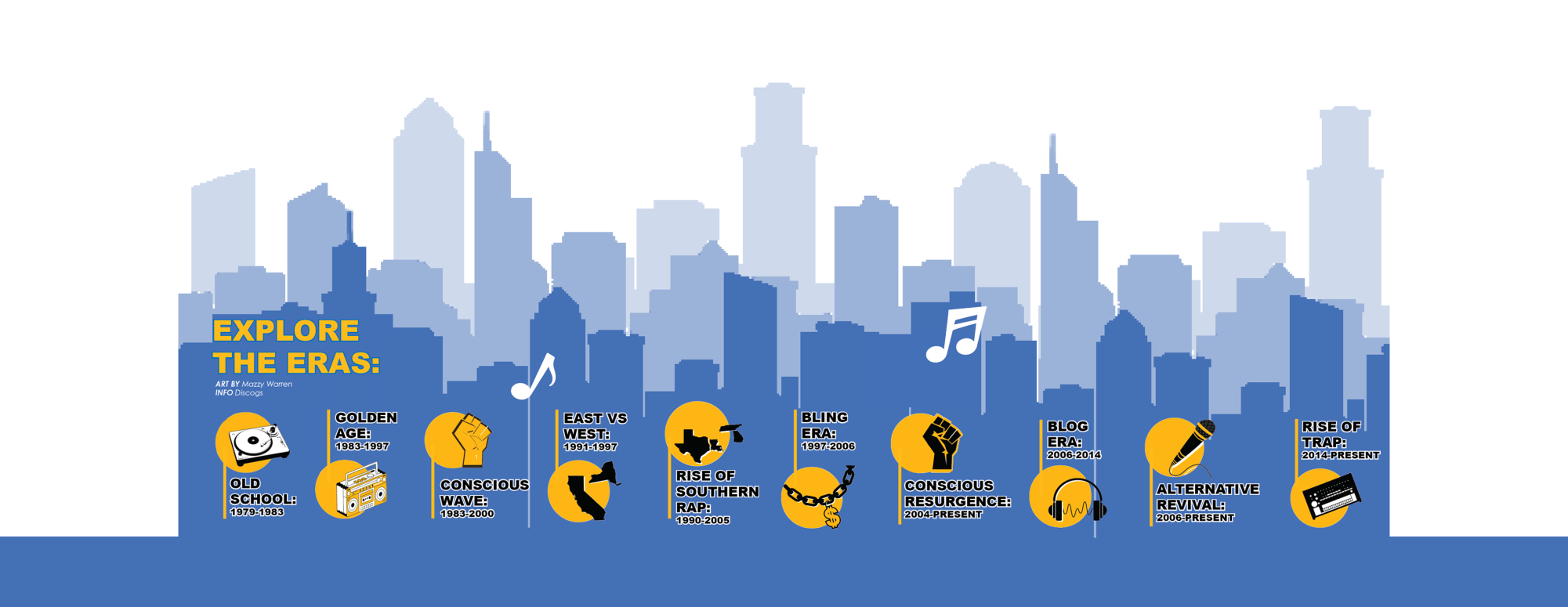
Your donation will support the student journalists of James Bowie High School. Your contribution will help cover our annual website hosting costs. Any contributions made through this service are NOT tax deductible. If you would like to make a tax deductible donation OR to subscribe to our print edition, please contact us at [email protected].


